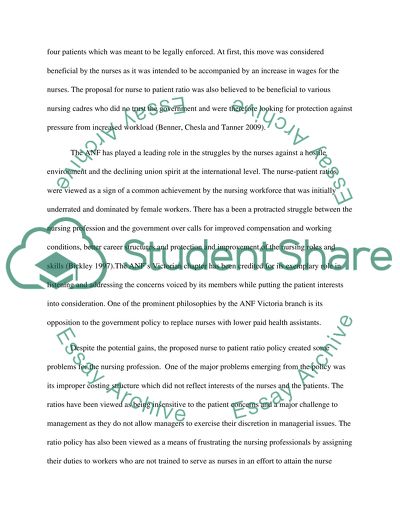Cite this document
(“Industrial Action by the Australian Nurses Federation (ANF): Essay”, n.d.)
Industrial Action by the Australian Nurses Federation (ANF): Essay. Retrieved from https://studentshare.org/nursing/1450915-in-late
Industrial Action by the Australian Nurses Federation (ANF): Essay. Retrieved from https://studentshare.org/nursing/1450915-in-late
(Industrial Action by the Australian Nurses Federation (ANF): Essay)
Industrial Action by the Australian Nurses Federation (ANF): Essay. https://studentshare.org/nursing/1450915-in-late.
Industrial Action by the Australian Nurses Federation (ANF): Essay. https://studentshare.org/nursing/1450915-in-late.
“Industrial Action by the Australian Nurses Federation (ANF): Essay”, n.d. https://studentshare.org/nursing/1450915-in-late.


